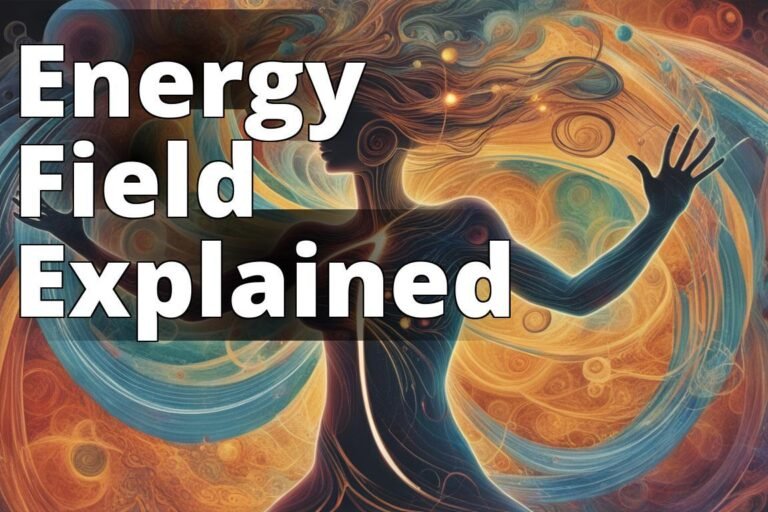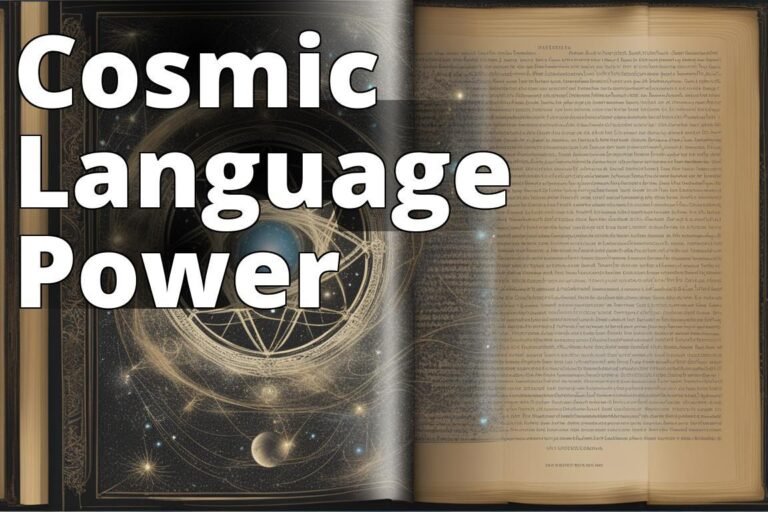The Evolution of Religion
When we talk about the evolution of religion, we aren’t merely discussing changes in faith practices or doctrines over centuries. We are diving into a complex tapestry woven with threads of history, culture, and technology. Religion, much like a living organism, has adapted, transformed, and survived through the ages, influenced by societal needs, scientific discoveries, and even the world of cinema. Today, we see religion not as a static set of beliefs, but as a dynamic force that continues to shape and be shaped by the world around us.
The Evolution of Religion
To truly appreciate how religion has evolved, we must first understand its roots. Religion, in its earliest forms, was an attempt to explain the unexplainable. Ancient peoples looked up at the stars, the sun, the moon, and saw gods or spirits in their patterns and movements. They felt the wrath of storms or the bounty of a harvest and attributed these to divine forces. This early animism was humanity’s first step into a larger understanding of the cosmos.
Interestingly, many anthropologists and historians argue that these early religious beliefs were vital to the survival of early human societies. Rituals and shared beliefs helped bond communities, creating a shared identity and purpose. According to a study published in the Journal of Archaeological Research, these shared religious practices were crucial in the formation of large, cooperative societies that could sustain larger populations and complex social structures. This aligns with the theory that religion played a critical role in the development of human civilization. Source.
The Role of Cinema in Shaping Religious Perception
Fast forward to the 20th century, and we see an entirely new medium influencing religion: cinema. Movies have a unique power to shape perceptions and challenge beliefs. Consider films like “The Ten Commandments” or “Ben-Hur,” which presented biblical stories with a grandeur previously unseen, bringing religious narratives into the mainstream consciousness.
Yet, the influence of cinema on religion isn’t just about retelling sacred stories. It’s also about questioning them. Films like “The Last Temptation of Christ” or “Life of Pi” present alternative interpretations and provoke discussion about the nature of faith and divinity. They push audiences to question their beliefs and consider new perspectives. This intersection of cinema and religion highlights an important aspect of the evolution of religion: its adaptability and openness to reinterpretation.
Insider Tip: Film critic Roger Ebert once noted that the best religious films are those that ask questions rather than provide answers. This reflects the very nature of religion itselfconstantly evolving and questioning.

The Evolution of Religion
The rise of scientific understanding has been both a challenge and a complement to religious belief. The Enlightenment period marked a significant shift where reason began to take precedence over dogma. Scientific discoveries started providing natural explanations for phenomena previously attributed to divine intervention. This shift raised important questions: Can science and religion coexist? Is faith diminished by empirical evidence?
In the 21st century, the relationship between science and religion has become more nuanced. While some see them as opposing forces, others argue that they answer different questions. Religion addresses the “why” of existence, while science explores the “how.” For example, renowned physicist Albert Einstein famously stated, “Science without religion is lame, religion without science is blind.” This sentiment suggests a complementary relationship where each can inform and enrich the other.
The Impact of Technology and the Internet
The digital age has further transformed religious practice and belief. With the internet, religious teachings and communities are more accessible than ever. Online forums and social media allow individuals to explore a myriad of faiths, engage with diverse beliefs, and even participate in virtual religious services. This accessibility has democratized religious knowledge, allowing individuals to tailor their spiritual journeys uniquely.
Furthermore, technology has facilitated interfaith dialogue, fostering a greater understanding between different religious traditions. This connectivity can lead to a more harmonious global society, where mutual respect and understanding are prioritized over division.
Insider Tip: Religious scholar Reza Aslan points out that the internet has not only spread religious ideas but also connected believers in unprecedented ways, creating a global community of faith.

The Evolution of Religion
As we look to the future, the evolution of religion will likely continue to be influenced by cultural shifts, scientific advancements, and technological innovations. However, some aspects of religion remain timeless. The search for meaning, the need for community, and the comfort of spiritual practices are constants that will persist regardless of external changes.
The Role of Young People in Shaping Future Religious Landscapes
One of the most significant factors in the ongoing evolution of religion is the role of young people. Millennials and Generation Z approach religion in ways that differ from previous generations. They are more likely to identify as spiritual but not religious, seeking a personal connection to the divine rather than adhering to established doctrines. This shift calls into question the future of traditional religious institutions. Will they adapt to meet the needs of younger generations, or will new forms of worship and belief emerge?
Moreover, young people are at the forefront of social justice movements, often using religious principles to advocate for change. This activism reflects a broader interpretation of spirituality that encompasses not just personal belief but also collective action.
Insider Tip: Sociologist of religion, Dr. Linda Woodhead, emphasizes that the future of religion lies in its ability to remain relevant and responsive to the needs and values of younger generations.

A Personal Journey Through Faith
Growing up in a small town in Indiana, I was surrounded by a strong Christian community. My family attended church every Sunday, and prayer was a fundamental part of our daily routine. However, as I entered college, my worldview began to shift. I met people from diverse backgrounds and beliefs, which opened my eyes to the varying perspectives on spirituality and religion.
One particularly impactful experience was during a discussion in my philosophy class. We were tasked with exploring the concept of faith from different cultural lenses. I remember sitting next to Ahmed, a Muslim student who shared his experiences during Ramadan. He spoke about the sense of community and reflection it brought him, which contrasted with the more individualistic approach to faith I was accustomed to.
As I listened, I realized that my understanding of religion was limited and that faith could be expressed in myriad ways. This prompted me to attend different religious services, from Hindu festivals to Buddhist meditation sessions. Each experience enriched my understanding of spirituality and challenged my preconceived notions.
Ultimately, this journey led me to appreciate the evolution of religionnot just as a system of beliefs, but as a living, breathing entity that adapts to the cultures and eras it inhabits. My personal exploration of faith has deepened my respect for the diverse paths people take in their spiritual journeys, highlighting the importance of open-mindedness and dialogue in our increasingly interconnected world.
Conclusion
In examining the evolution of religion, we see a rich and complex narrative that mirrors the development of human societies themselves. Religion has adapted to cultural, scientific, and technological changes, continually reshaping itself to remain relevant and meaningful. As we move forward, the interplay between tradition and innovation will continue to define the religious landscape.
Religion’s evolution invites us to consider the bigger questions: How do we find meaning in a rapidly changing world? Can religious and spiritual practices provide the answers we seek? In a future that promises even more transformation, will religion continue to evolve, or will it take on new forms altogether? These questions remind us that the evolution of religion is not just a historical process but a living, breathing journey that we are all a part of.
For further exploration into the dynamic interplay between religion and science, consider visiting this comprehensive resource.
As we ponder these questions, let us remember that the evolution of religion is not solely about change; it’s about continuity and the enduring quest for understanding the profound mysteries of life.

Q & A
What is the evolution of religion throughout human history?
The evolution of religion spans from animism to organized faiths today.
How did early humans develop their religious beliefs?
Early humans created beliefs based on nature, spirits, and community needs.
Who are the key figures in the evolution of major religions?
Key figures include prophets, philosophers, and reformers throughout time.
What role does culture play in the evolution of religion?
Culture heavily influences religious practices, beliefs, and interpretations.
How can understanding religion’s evolution aid in modern discussions?
Understanding evolution helps contextualize contemporary beliefs and conflicts.
Why do some people resist studying the evolution of religion?
Some resist due to fear it may challenge their personal beliefs or faith.
The author holds a Ph.D. in Religious Studies from Harvard University, where they specialized in the historical development of belief systems across cultures. With over a decade of teaching experience at renowned institutions, they have published extensively on the intersection of religion, culture, and technology, including articles in journals such as the Journal of the American Academy of Religion and Religion and Society. Their groundbreaking research, featured in “The Role of Media in Religion” (Cambridge University Press, 2021), explores how modern communication methods influence religious perceptions. Additionally, they have conducted fieldwork in various communities globally, examining how youth engagement shapes contemporary religious landscapes. As a speaker at the American Academy of Religions annual conference, their insights on the impact of cinema on faith narratives have fostered critical discussions. They are passionate about providing a nuanced understanding of how religion evolves and its relevance in todays society, making them a credible voice in this vital field.







